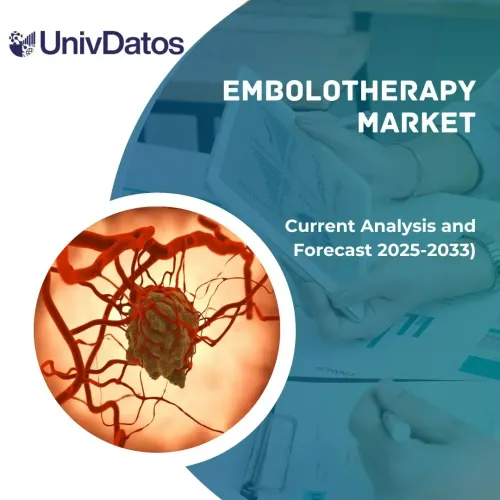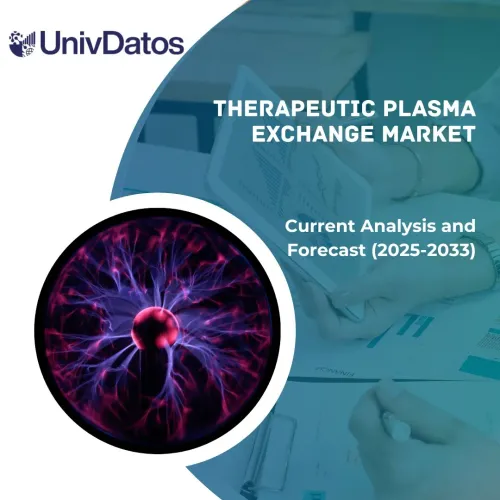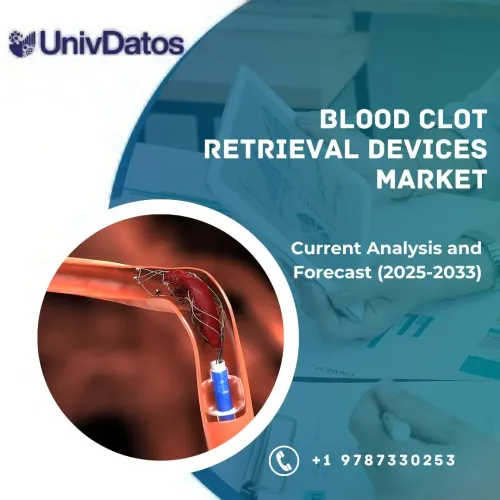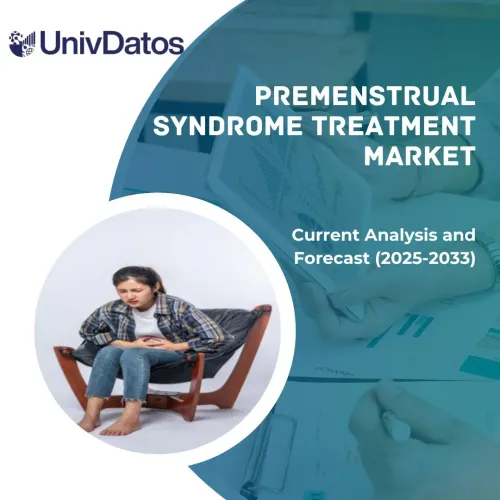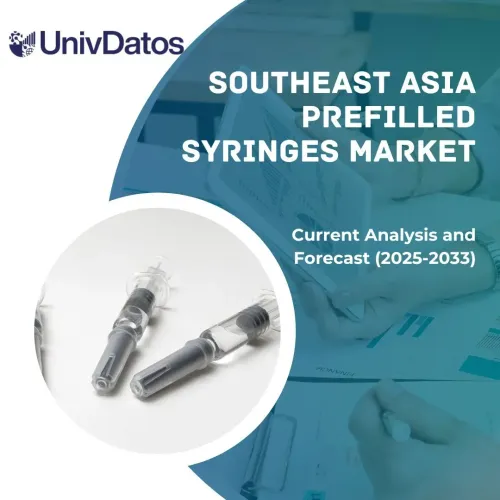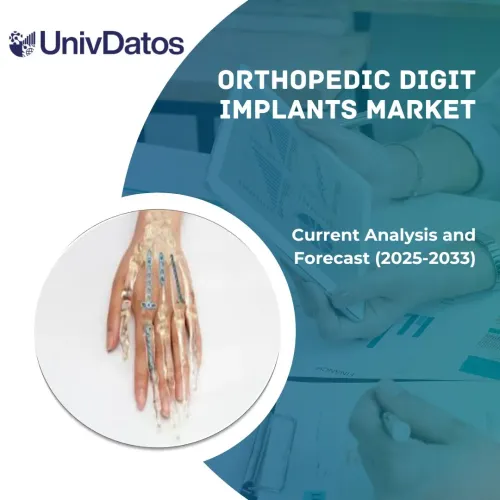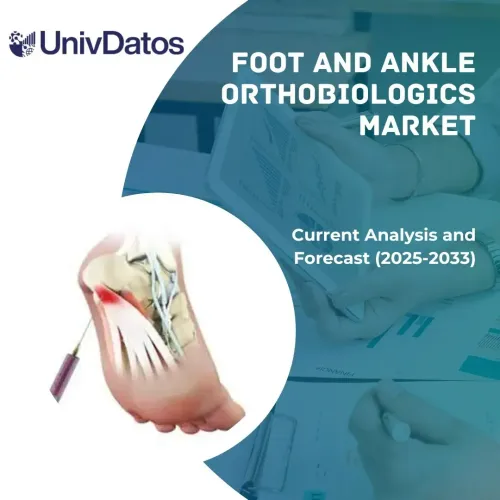- Home
- About Us
- Industry
- Services
- Reading
- Contact Us
Healthcare Automation Market: Current Analysis and Forecast (2021-2027)
Emphasis on Application (Diagnostics and Monitoring, Therapeutics, Labs Pharmacy Automation, Medical Logistics and Training); End-Users (Hospitals, Diagnostics Center, Pharmacies, Home Care, Others); Region/Country
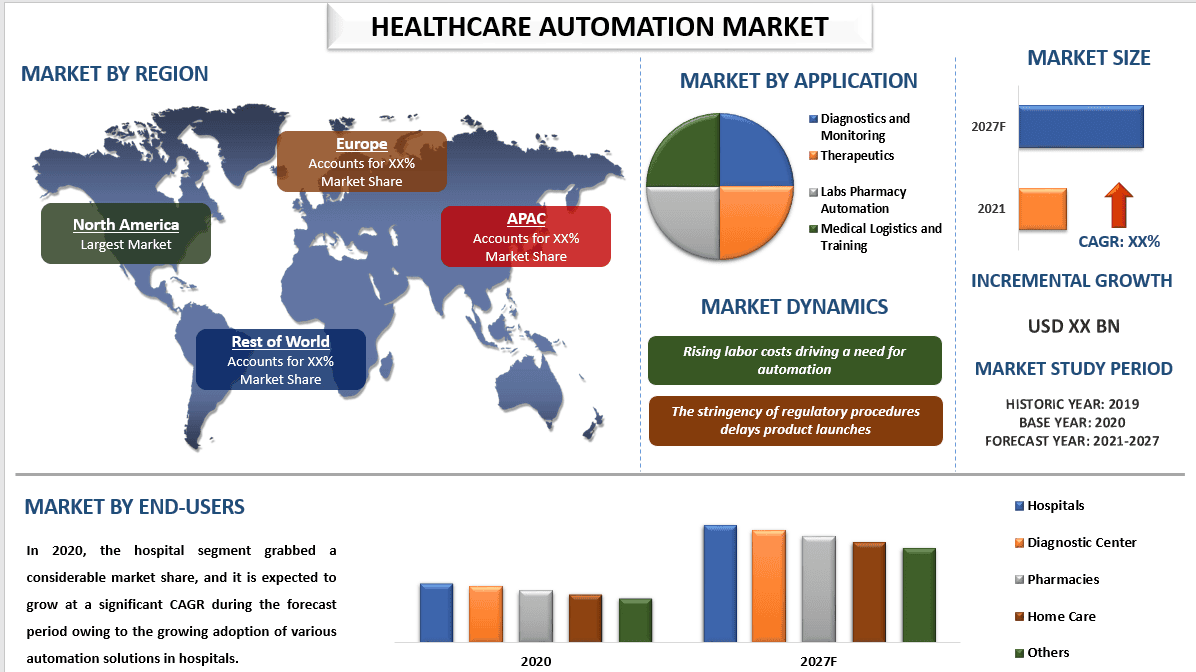
Global Healthcare Automation Market is anticipated to grow with an elevated CAGR of around 9% over the forecast period (2021-2027). Healthcare automation is an advanced method for delivering more accurate and faster test results. Automation in healthcare involves the use of different software that promotes efficiency in the provision of medical services. This technology employs modern techniques and tools for efficiency reasons. They help monitor safety, security, and the health status of the patient from home.
The growing adoption of healthcare automation can be attributed to the continuous technological advancement in automation solutions and rising labor costs. Moreover, increasing the adoption of the Internet of Things (IoT) and artificial intelligence (AI) to automate various processes in hospitals should be a good precursor to the market. For instance, according to the CDC, In 2011, 54% of physicians had adopted an electronic health record (EHR) system, and about three-quarters of adopters reported that using their EHR system resulted in enhanced patient care.
Furthermore, the healthcare automation market is anticipated to grow on account of a large number of ongoing research activities in this field, rising government and public-private investments, and providing high potential for early-stage detection and treatment of diseases. Some of the other factors include growing investment in healthcare automation in labs and research institutes across the globe, providing high-tech solutions, and enhancing the quality of research & other activities. However, some of the restraints in the market including stringent regulatory framework and increasing cost of automation are impeding the growth of this market all over the world.
Awareness and adoption of AI and automation in healthcare worldwide in 2019 and 2020
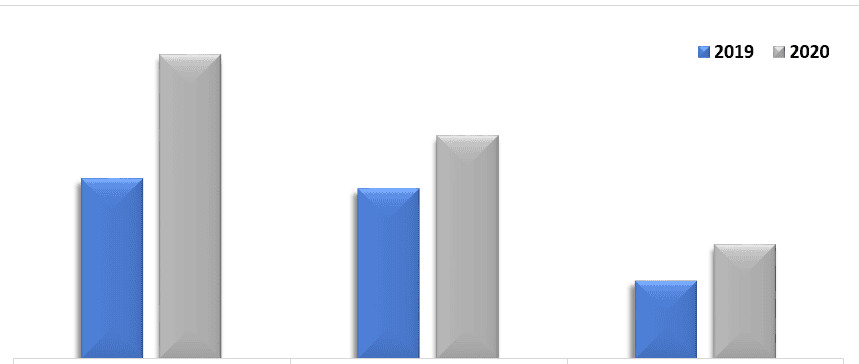
Siemens AG, Koninklijke Philips N.V., Medtronic plc, Intuitive Surgical, Inc., Stryker Corporation, General Electric Company, Danaher Corporation, Swisslog Holding AG, Accuray, Inc., Tecan Group Ltd., are some of the prominent players operating in the healthcare automation market. Several M&As along with partnerships have been undertaken by these players to facilitate customers with automated healthcare solutions.
Insights Presented in the Report
“Amongst Application, medical logistics and training segment holds the major share”
Based on application, the healthcare automation market is divided into diagnostics and monitoring, therapeutics, lab and pharmacy automation, and medical logistics and training. The medical logistics and training segment occupied the major share of the healthcare automation market in 2020 and it is expected to grow with a substantial CAGR in the upcoming years. The logistics method consists of transporting samples from distinctive departments inside a hospital or from hospitals to laboratories etc. Lab automation facilitates in lowering the time required for sample transportation and results in decreased wastage, decrease error rates, and improved pace of processing which ultimately reduces affected person waiting times. However, the therapeutics segment is also expected to grow considerably during the projected timeframe.
“Amongst End-Users, hospitals segment holds the major share”
Based on end-users, the market is fragmented into hospitals, diagnostic centers, pharmacies, home care, and others. In 2020, the hospital segment grabbed a considerable market share, and it is expected to grow at a significant CAGR during the forecast period owing to the increase in continuous technological advancement in automation solutions, the increasing construction of hospitals, and the rising adoption of various automation solutions in hospitals. For instance, NIELIT Chandigarh Centre has developed Web-based Hospital Management Software for RML Hospital that takes the help of the latest technology to manage the working of the hospital. It reduces redundant testing procedures by automatically sending test results to the medical professionals who need them. However, diagnostic centers are also likely to witness the fastest growth during the forecast period.
“North America represents one of the largest markets of healthcare automation market”
For a better understanding of the market dynamics of the healthcare automation market, a detailed analysis was conducted for different regions across the globe including North America (the U.S, Canada, and the Rest of North America), Europe (Germany, France, Spain, United Kingdom, Italy, and Rest of Europe), Asia-Pacific (China, India, Australia, Japan, and Rest of APAC), Rest of World has been conducted. North America constitutes a major market for the healthcare automation market industry in 2020 owing to strong healthcare infrastructure and growing adoption of healthcare automation in the region.
Reasons to buy this report:
- The study includes market sizing and forecasting analysis validated by authenticated key industry experts
- The report presents a quick review of overall industry performance at one glance
- The report covers an in-depth analysis of prominent industry peers with a primary focus on key business financials, product portfolio, expansion strategies, and recent developments
- Detailed examination of drivers, restraints, key trends, and opportunities prevailing in the industry
- The study comprehensively covers the market across different segments
- Deep dive regional level analysis of the industry
Customization Options:
The global healthcare automation market can further be customized as per the requirement or any other market segment. Besides this, UMI understands that you may have your own business needs, hence feel free to connect with us to get a report that completely suits your requirements.
Table of Content
Research Methodology for the Global Healthcare Automation Market Analysis (2021-2027)
Analyzing the historical market, estimation of the current market, and forecasting the future market of the global healthcare automation market were the three major steps undertaken to create and analyze the adoption of healthcare automation in major regions globally. Exhaustive secondary research was conducted to collect the historical market numbers and estimate the current market size. Secondly, to validate these insights, numerous findings and assumptions were taken into consideration. Moreover, exhaustive primary interviews were also conducted, with industry experts across the value chain of the global healthcare automation market. Post assumption and validation of market numbers through primary interviews, we employed a top-down/bottom-up approach to forecasting the complete market size. Thereafter, market breakdown and data triangulation methods were adopted to estimate and analyze the market size of segments and sub-segments the industry pertains to. Detailed methodology is explained below:
Seek More Details About Research Methodology
Analysis of Historical Market Size
Step 1: In-Depth Study of Secondary Sources:
Detail secondary study was conducted to obtain the historical market size of healthcare automation through company internal sources such as annual report & financial statements, performance presentations, press releases, etc., and external sources including journals, news & articles, government publications, competitor publications, sector reports, third-party database, and other credible publications.
Step 2: Market Segmentation:
After obtaining the historical market size of the healthcare automation market, we conducted a detailed secondary analysis to gather historical market insights and share for different segments & sub-segments for major regions. Major segments included in the report as applications, and end-users. Further country-level analyses were conducted to evaluate the overall adoption of healthcare automation across the globe.
Step 3: Factor Analysis:
After acquiring the historical market size of different segments and sub-segments, we conducted a detailed factor analysis to estimate the current market size of the healthcare automation. Further, we conducted factor analysis using dependent and independent variables such as growing advancements in technology and the increasing geriatric population. A thorough analysis was conducted for demand and supply-side scenarios considering top partnerships, merger and acquisition, business expansion, and product launches in the healthcare automation sector across the globe.
Current Market Size Estimate & Forecast
Current Market Sizing: Based on actionable insights from the above 3 steps, we arrived at the current market size, key players in the healthcare automation market, and market shares of the segments. All the required percentage shares split, and market breakdowns were determined using the above-mentioned secondary approach and were verified through primary interviews.
Estimation & Forecasting: For market estimation and forecast, weights were assigned to different factors including drivers & trends, restraints, and opportunities available for the stakeholders. After analyzing these factors, relevant forecasting techniques i.e., top-down/bottom-up approach was applied to arrive at the market forecast about 2027 for different segments and subsegments across the major markets globally. The research methodology adopted to estimate the market size encompasses:
- The industry’s market size, in terms of value (US$) and the adoption rate of healthcare automation across the major markets domestically
- All percentage shares, splits, and breakdowns of market segments and sub-segments
- Key players in the healthcare automation market in terms of products offered. Also, the growth strategies adopted by these players to compete in the fast-growing market
Market Size and Share Validation
Primary Research: In-depth interviews were conducted with the Key Opinion Leaders (KOLs) including Top Level Executives (CXO/VPs, Sales Head, Marketing Head, Operational Head, and Regional Head, Country Head, etc.) across major regions. Primary research findings were then summarized, and statistical analysis was performed to prove the stated hypothesis. Inputs from primary research were consolidated with secondary findings, hence turning information into actionable insights.
Split of Primary Participants in Different Regions
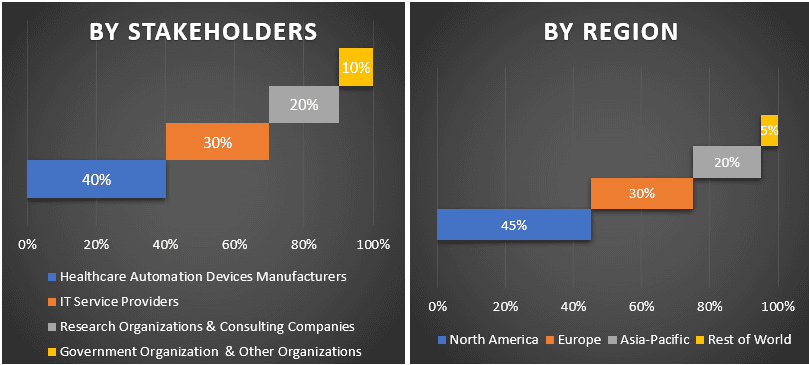
Market Engineering
Data triangulation technique was employed to complete the overall market estimation and to arrive at precise statistical numbers of each segment and sub-segment of the healthcare automation market. Data was split into several segments & sub-segments post studying various parameters and trends in the areas of application, and end-users of the healthcare automation market.
The main objective of the Healthcare Automation Market Study
The current & future market trends of healthcare automation were pinpointed in the study. Investors can gain strategic insights to base their discretion for investments from the qualitative and quantitative analysis performed in the study. Current and future market trends were determined the overall attractiveness of the market at a regional level, providing a platform for the industrial participant to exploit the untapped market to benefit as a first-mover advantage. Other quantitative goals of the studies include:
- Analyze the current and forecast market size of healthcare automation in terms of value (US$). Also, analyze the current and forecast market size of different segments and sub-segments
- Segments in the study include areas of application and end-users
- Define and analysis of the regulatory framework for the healthcare automation industry
- Analyze the value chain involved with the presence of various intermediaries, along with analyzing customer and competitor behaviors of the industry
- Analyze the current and forecast market size of the healthcare automation market for the major region
- Major regions studied in the report include North America, Europe, Asia-Pacific and Rest of the world
- Company profiles of the healthcare automation market and the growth strategies adopted by the market players to sustain in the fast-growing market
Deep dive regional level analysis of the industry
Related Reports
Customers who bought this item also bought



